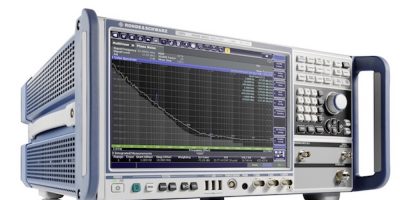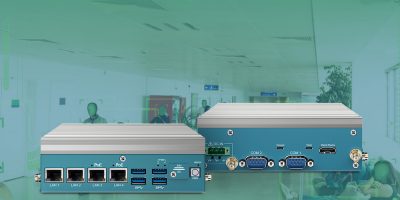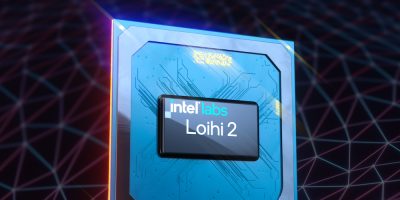For high speed, real-time phase noise measurements using sources that require high stability in demanding applications, the new R&S FSPN phase noise analyser and VCO from Rohde & Schwarz offers sensitivity, accuracy and reliability.
Rohde & Schwarz designed the new R&S FSPN phase noise analyser and VCO tester for production and design engineers who characterise sources such as synthesizers, VCOs, OCXOs, and DROs. Providing high sensitivity and measurement speed, the R&S FSPN suits demanding phase noise and VCO analysis in development and production.
The R&S FSPN comes in two models, one covers the frequency range from 1 MHz to 8 GHz and the other from1 MHz to 26.5 GHz, addressing radar and satellite applications in the C band, X band, Ku band, and the complete K band.
Catering to measurement challenges in these fields, the R&S FSPN expands the Rohde & Schwarz phase noise product portfolio which already contains the R&S FSWP phase noise spectrum and signal analyser.
The R&S FSPN shares R&S FSWP features such as low noise internal local oscillators coupled with real-time cross correlation engines for increased measurement sensitivity.
Cross-correlation sensitivity gains can be viewed in real-time in result traces, allowing users to adjust the trade-off between measurement speed and sensitivity to meet their application requirements.
Users in production need just a few correlations to measure high-quality oscillators, synthesizers or VCOs with high throughput. By increasing the number of correlations, users in research and development can characterise the most sensitive commercially available synthesisers and oscillators. Simultaneous device frequency and phase settling times can be measured with up to 8 GHz of real-time analysis bandwidth.
To investigate oscillator long-term frequency stability, the R&S FSPN calculates the Allan variance in the time domain at fixed intervals and uses phase noise measurements to apply cross-correlations and suppress spurs.
The analyser is also equipped with three ultra-low-noise DC sources to supply and sweep VCOs. The built-in VCO characterisation measurement mode analyses VCO characteristics such as frequency, sensitivity, RF power or current draw versus tuning voltage.
For more information go to https://www.rohde-schwarz.com/product/fspn







